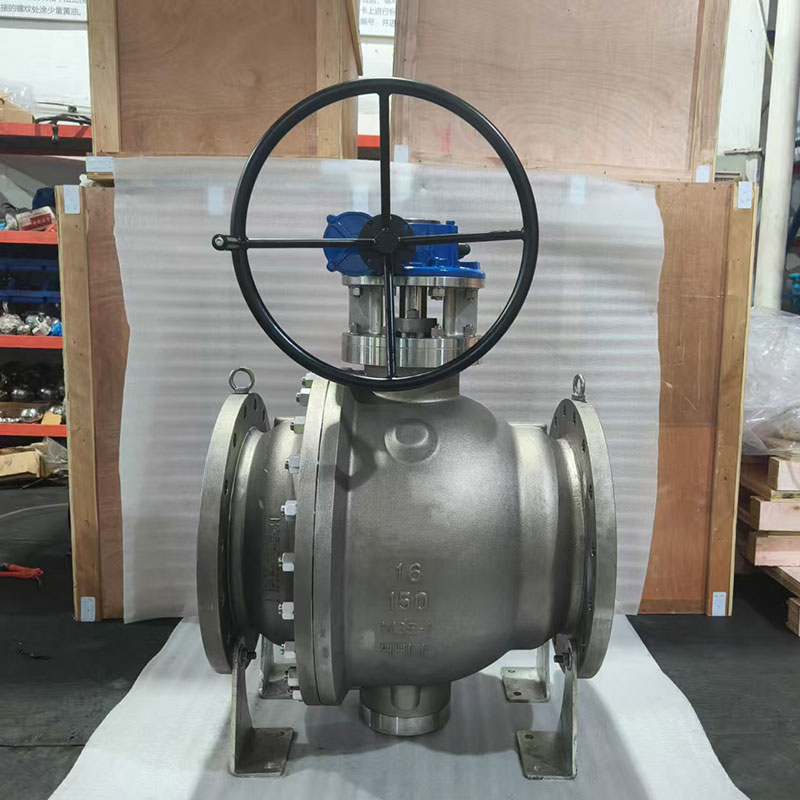
Trunnion ball valves are widely used in high-pressure and high-temperature fluid systems across industries such as oil and gas, chemical processing, and power generation. These valves are known for their durability, sealing strength, and ability to handle challenging service conditions. In particular, the Trunnion Mounted Metal Seated Ball Valve and the Trunnion Supported Ball Valve are commonly selected for their performance reliability and safety.

The Trunnion Mounted Metal Seated Ball Valve is designed to perform under conditions, including abrasive fluids, high temperatures, and high cycling operations. Unlike soft seated valves, the metal-to-metal seal provides strength and durability, but it also requires regular maintenance to maintain proper performance.
1. Periodic Inspection
A routine visual inspection should be carried out to check for signs of wear, corrosion, or leakage around the valve body and seats. Pay particular attention to sealing surfaces, as these can become worn from repeated operation, especially in abrasive environments.
2. Clean the Valve Internally
Metal seated valves are often used in dirty or solid-laden media. Internal buildup can cause the valve to operate less smoothly or even fail to seal. It is advisable to clean the valve interior during shutdowns or scheduled maintenance intervals, ensuring all deposits are removed.
3. Lubrication of Moving Parts
Although metal seated valves have fewer elastomeric parts, proper lubrication of the stem and trunnion components ensures smooth operation. Use compatible high-temperature or high-pressure grease as recommended by the manufacturer.
4. Seat and Seal Checks
Check the ball and seats for scoring or galling, especially after frequent actuation or high-pressure cycles. If any component shows visible damage, it should be replaced to maintain sealing performance.
The Trunnion Supported Ball Valve is designed with built-in safety features to protect equipment and personnel during operation in pressurized systems. These valves are often used where safety, reliability, and compliance with industry standards are essential.
1. Blowout-Proof Stem
A common safety feature is the blowout-proof stem design. This prevents the stem from being ejected from the valve body in the event of overpressure or failure of internal seals. It enhances operational safety and protects maintenance personnel.
2. Double Block and Bleed Capability
Trunnion valves often support double block and bleed (DBB) configurations, allowing the valve to isolate pressure on both sides of the ball while bleeding off trapped fluid. This feature is valuable during maintenance or pressure testing and helps prevent fluid leakage or accidental exposure.
3. Anti-Static Design
In flammable fluid systems, static discharge can pose a risk. Trunnion supported ball valves typically include anti-static devices that maintain electrical continuity between the ball, stem, and body, reducing the chance of spark generation during operation.
4. Fire-Safe Construction
Many trunnion ball valves are designed to meet fire-safe standards such as API 607 or ISO 10497. These valves maintain sealing capabilities during fire exposure by using metal back-up seals in addition to soft seats. This minimizes leakage risk in case of external fire.
5. Pressure Relief Features
Trunnion valves may include automatic cavity pressure relief systems. If the pressure inside the valve body cavity exceeds safe limits due to thermal expansion, the valve relieves it automatically to protect both the valve and the pipeline.

